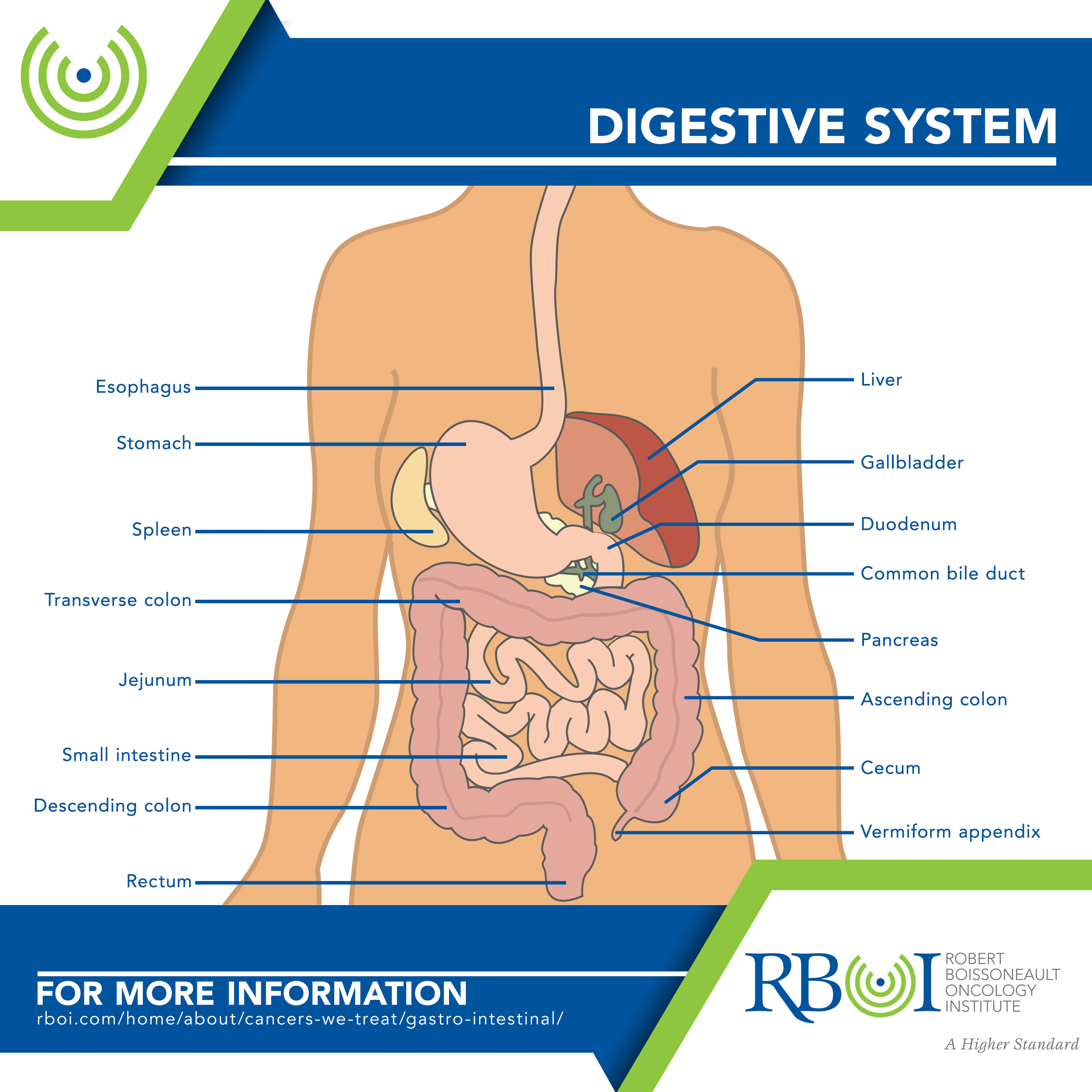Age, Anal fistula, Cigarette smoking, Frequent anal irritation, Gender and race/ethnicity, Having certain other cancers, Human papilloma virus (HPV), Lowered immunity, Sexual activity
Age — Most people diagnosed with anal cancer are between age 50 and 80.
Anal fistula — An anal fistula is an abnormal tunnel between the anal canal and the outer skin of the anus, and may increase the risk of developing anal cancer.
Cigarette smoking — Smokers are about 8 times more likely to develop anal cancer than nonsmokers. Quitting smoking seems to reduce the risk.
Frequent anal irritation — Frequent anal redness, swelling, and soreness may increase the risk of developing anal cancer.
Gender and race/ethnicity — Anal cancer is more common in women than in men overall, but this varies in racial/ethnic groups and can vary with age. For instance, in African Americans younger than age 60, it’s more common in men than in women, but after age 60 it’s more common in women.
Having certain other cancers — Women who have had cancer of the cervix, vagina, or vulva are at increased risk of anal cancer, probably because these cancers are also linked to infection with HPV. In men, studies have not yet found a link between penile cancer (also related to HPV) and anal cancer.
Human papilloma virus (HPV) — This virus causes papillomas (warts). Anal warts are unlikely to develop into anal cancer, but people who have had anal warts are more likely to get anal cancer. The two types of HPV that cause most cases of anal and genital warts are HPV-6 and HPV-11.
Lowered immunity — People with a disease or condition affecting the immune system, such as human immunodeficiency virus (HIV) or organ transplantation, are more likely to develop anal cancer. People who take immunosuppressive drugs that make the immune system less able to fight disease are also more likely to develop anal cancer.
Sexual activity — Having multiple sex partners, and having receptive anal sex, increases the risk of infection with HIV and HPV. It also increases the risk of anal cancer.

